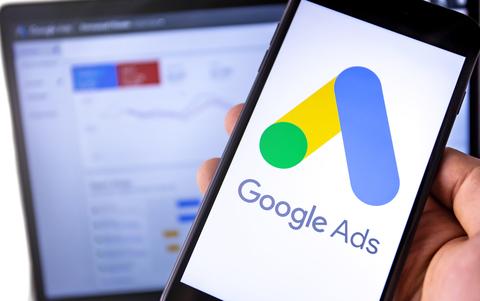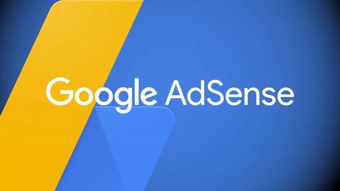Understanding Google Paid Ads: A Comprehensive Guide

Google Paid Ads, also known as Google Ads, is a powerful tool for businesses looking to increase their online presence and drive targeted traffic to their websites. By leveraging the vast reach of Google’s search engine and its network of partner websites, you can effectively promote your products or services to a global audience. In this detailed guide, we’ll explore the various aspects of Google Paid Ads, helping you make the most out of your advertising campaigns.
What is Google Paid Ads?

Google Paid Ads is an online advertising platform owned and operated by Google. It allows advertisers to display their ads on Google’s search engine results pages, YouTube, Gmail, and other partner websites. By using Google Paid Ads, you can reach potential customers who are actively searching for your products or services, increasing the chances of conversions.
Types of Google Paid Ads

Google Paid Ads offers various ad formats to suit different advertising goals. Here are some of the most common types:
| Ad Format | Description |
|---|---|
| Search Ads | Text-based ads that appear at the top of Google’s search results when someone searches for relevant keywords. |
| Display Ads | Visual ads that appear on websites and apps within the Google Display Network, reaching a broader audience. |
| Video Ads | Video ads that play on YouTube and other Google-owned video platforms. |
| Shopping Ads | Product-based ads that display images and details of your products, appearing on Google’s search results and the Google Shopping tab. |
| App Ads | Ads that promote your mobile app, appearing on Google’s search results, YouTube, and other Google-owned platforms. |
Setting Up Your Google Paid Ads Campaign
Creating a successful Google Paid Ads campaign involves several steps:
-
Sign up for a Google Ads account: Visit the Google Ads website and create an account by providing your contact information and payment details.
-
Choose your campaign type: Select the type of campaign that aligns with your advertising goals, such as search, display, video, shopping, or app.
-
Set your budget: Determine how much you’re willing to spend on your campaign per day, per week, or per month.
-
Define your target audience: Use Google’s targeting options to reach the right audience based on demographics, interests, locations, and more.
-
Create your ads: Design compelling ad copy and visuals that resonate with your target audience.
-
Set up conversion tracking: Implement conversion tracking to measure the performance of your ads and optimize your campaigns accordingly.
Optimizing Your Google Paid Ads Campaign
Optimizing your Google Paid Ads campaign is crucial to ensure its success. Here are some key strategies:
-
Keyword research: Identify relevant keywords that your target audience is searching for and include them in your ad copy and landing pages.
-
Quality Score: Focus on improving your Quality Score by creating relevant and compelling ads, optimizing your landing pages, and maintaining a high click-through rate.
-
A/B testing: Experiment with different ad variations to determine which ones perform best and optimize your campaigns accordingly.
-
Continuous monitoring: Regularly review your campaign performance and make adjustments as needed to improve your results.
Measuring the Success of Your Google Paid Ads Campaign
Measuring the success of your Google Paid Ads campaign is essential to understand its impact on your business. Here are some key metrics to track:
-
Click-through rate (CTR): The percentage of people who clicked on your ad after seeing it.
-
Conversion rate: The percentage of people who completed a desired action, such as making a purchase or filling out a contact form, after clicking on your ad.




